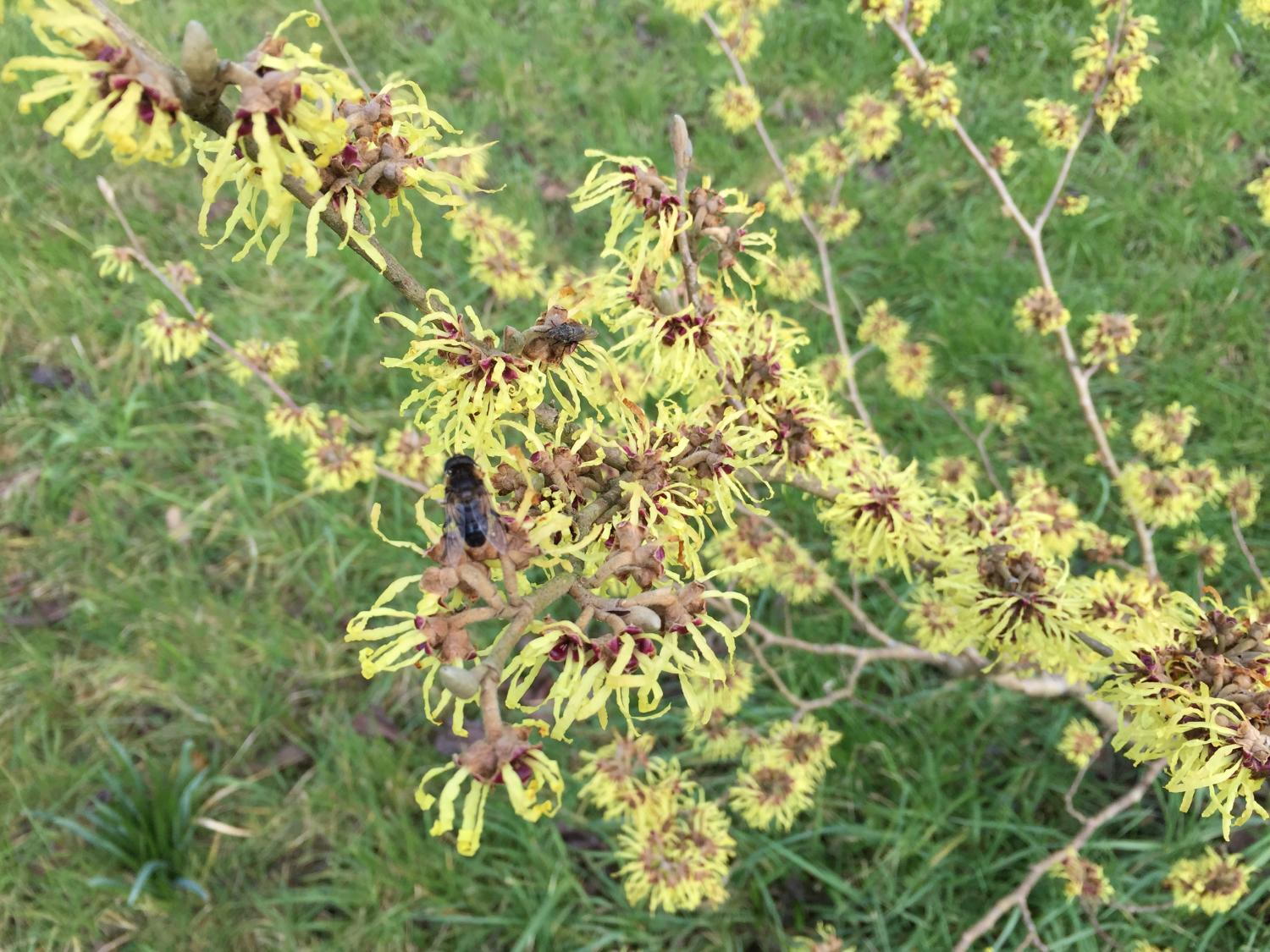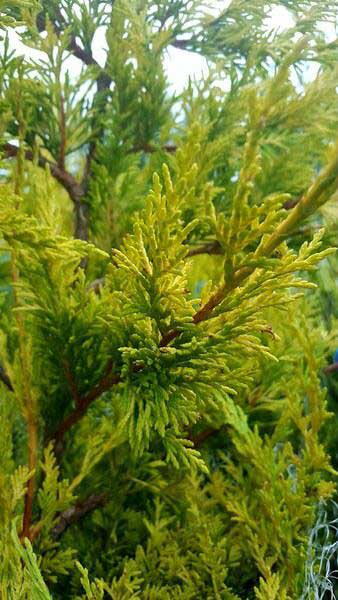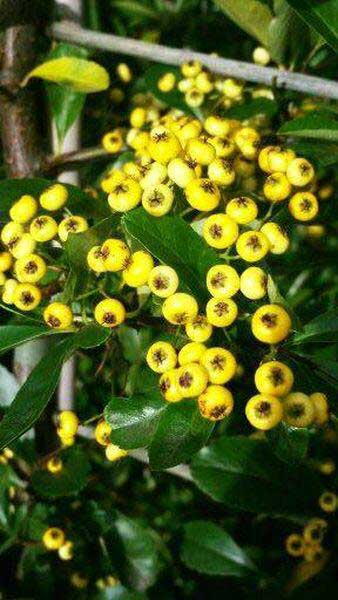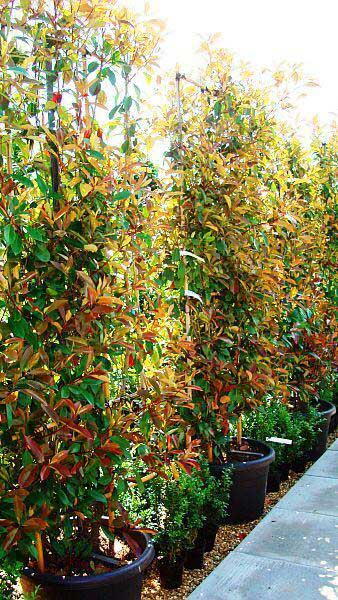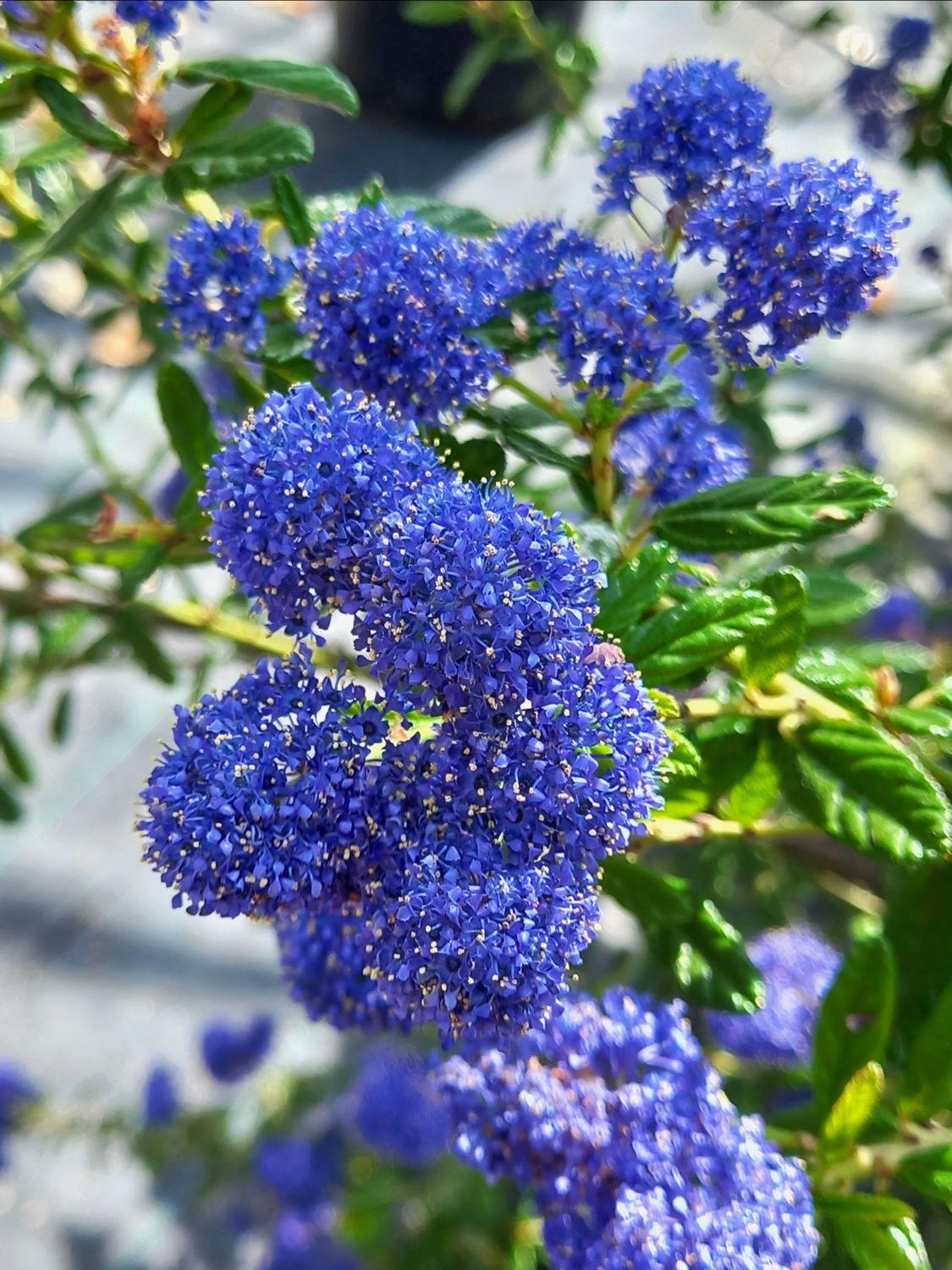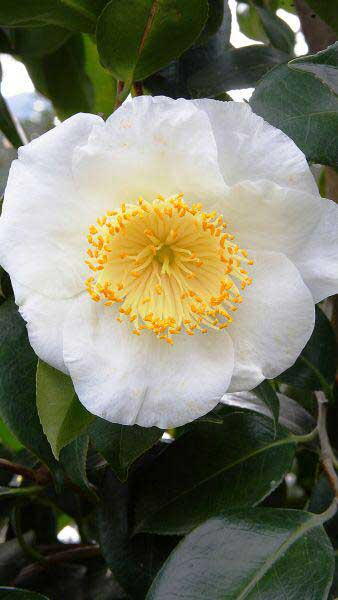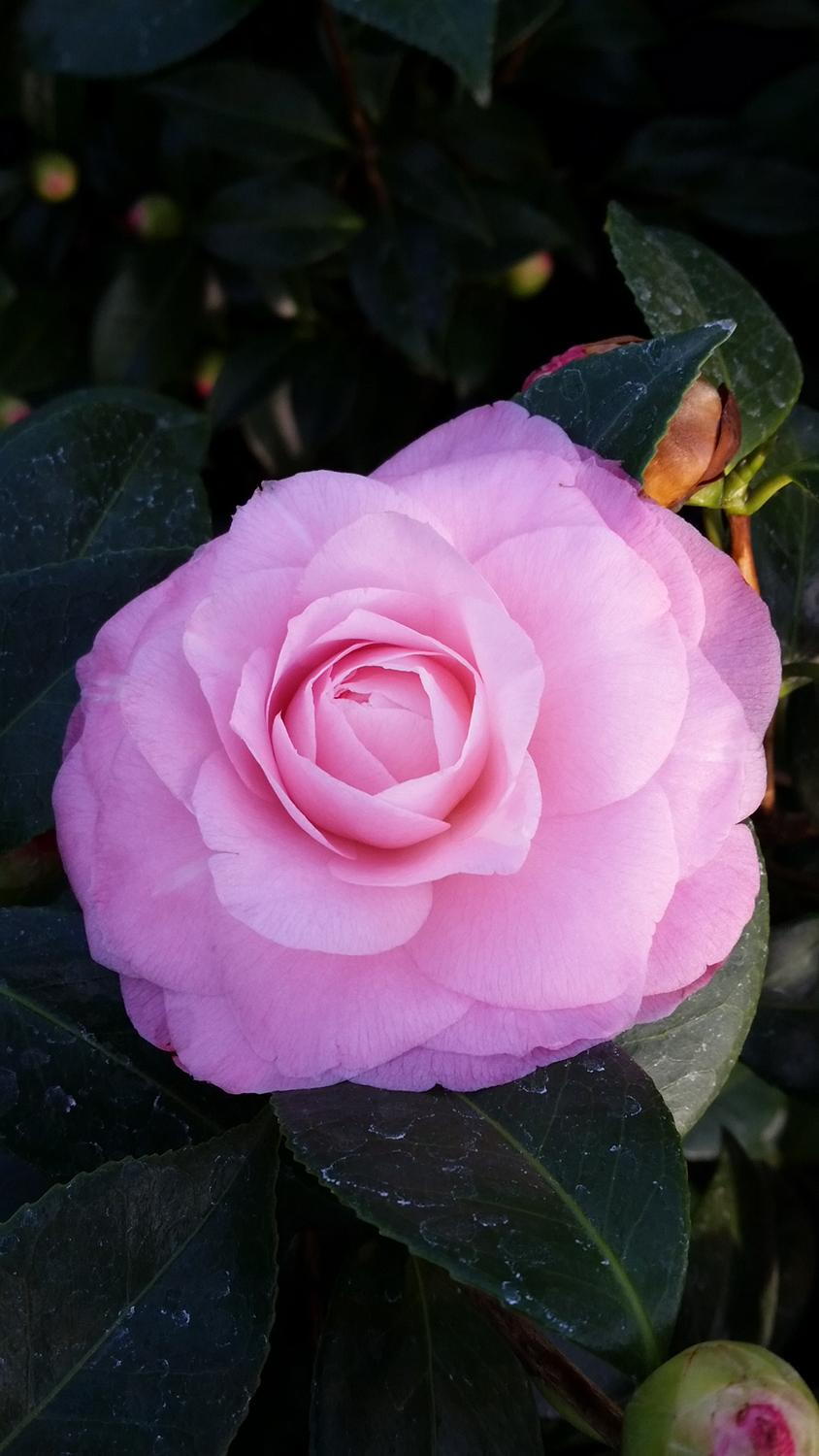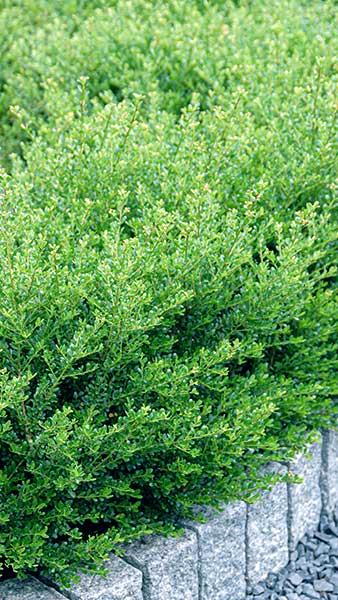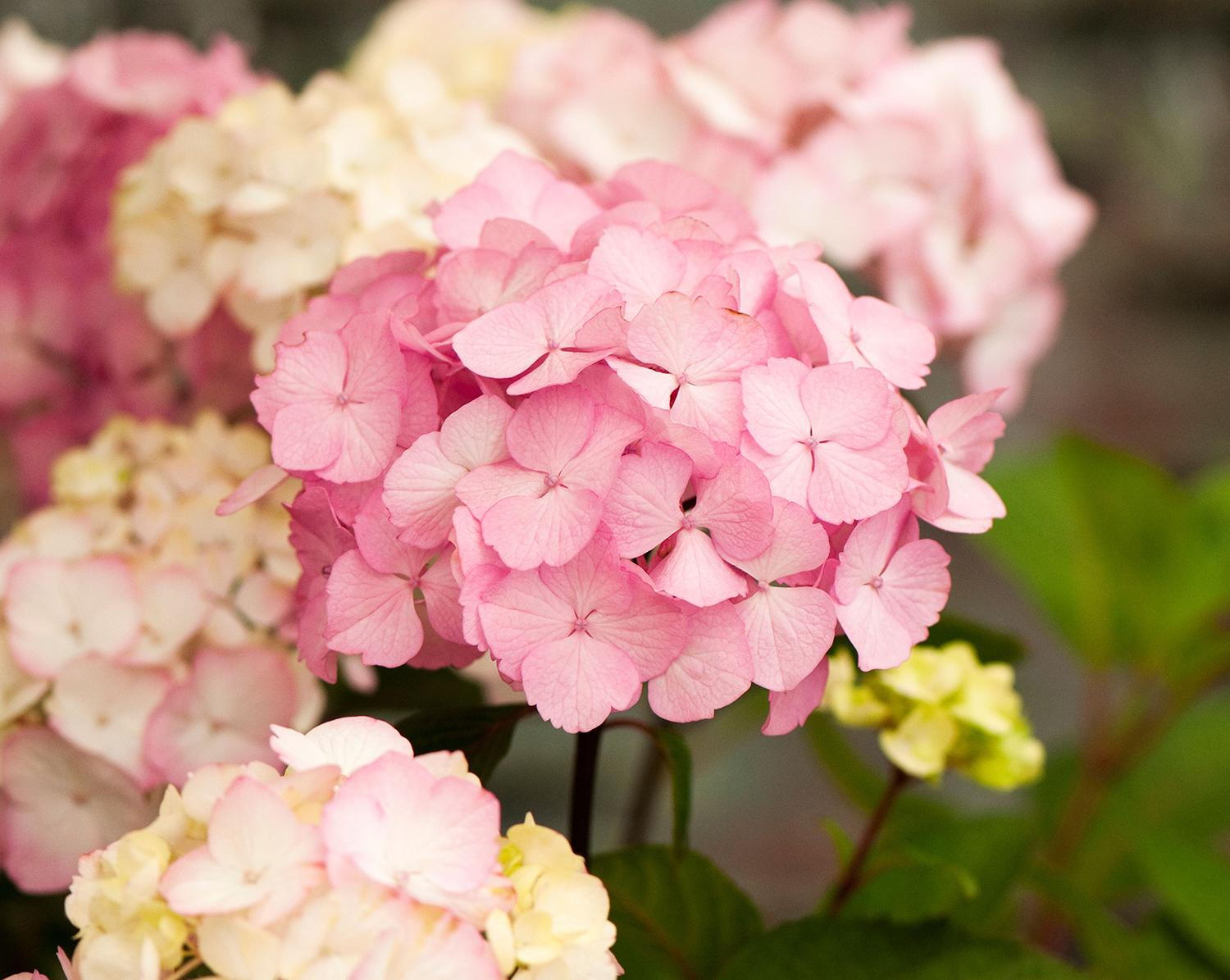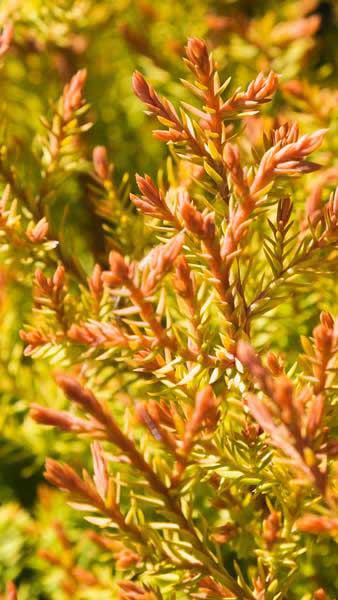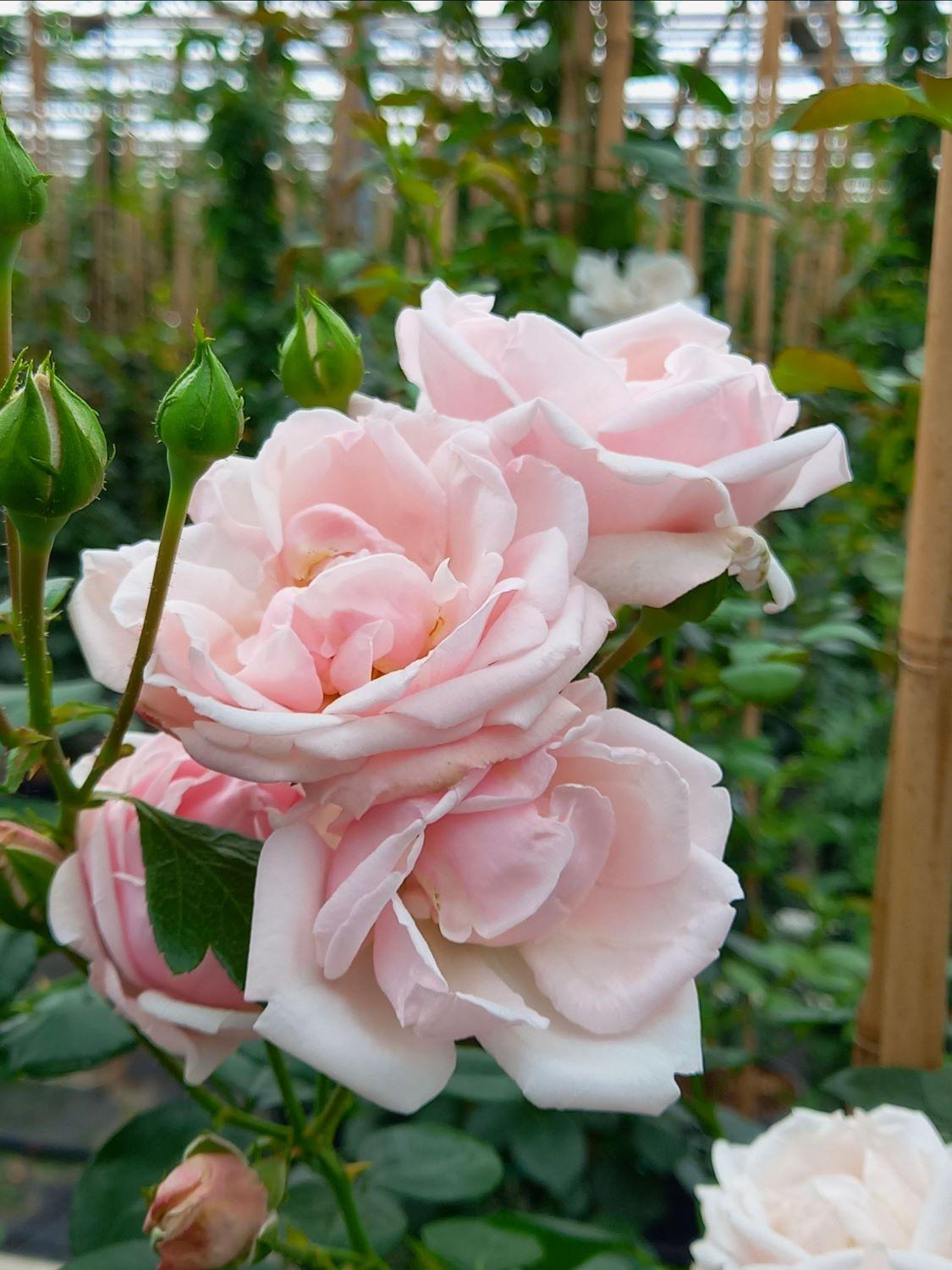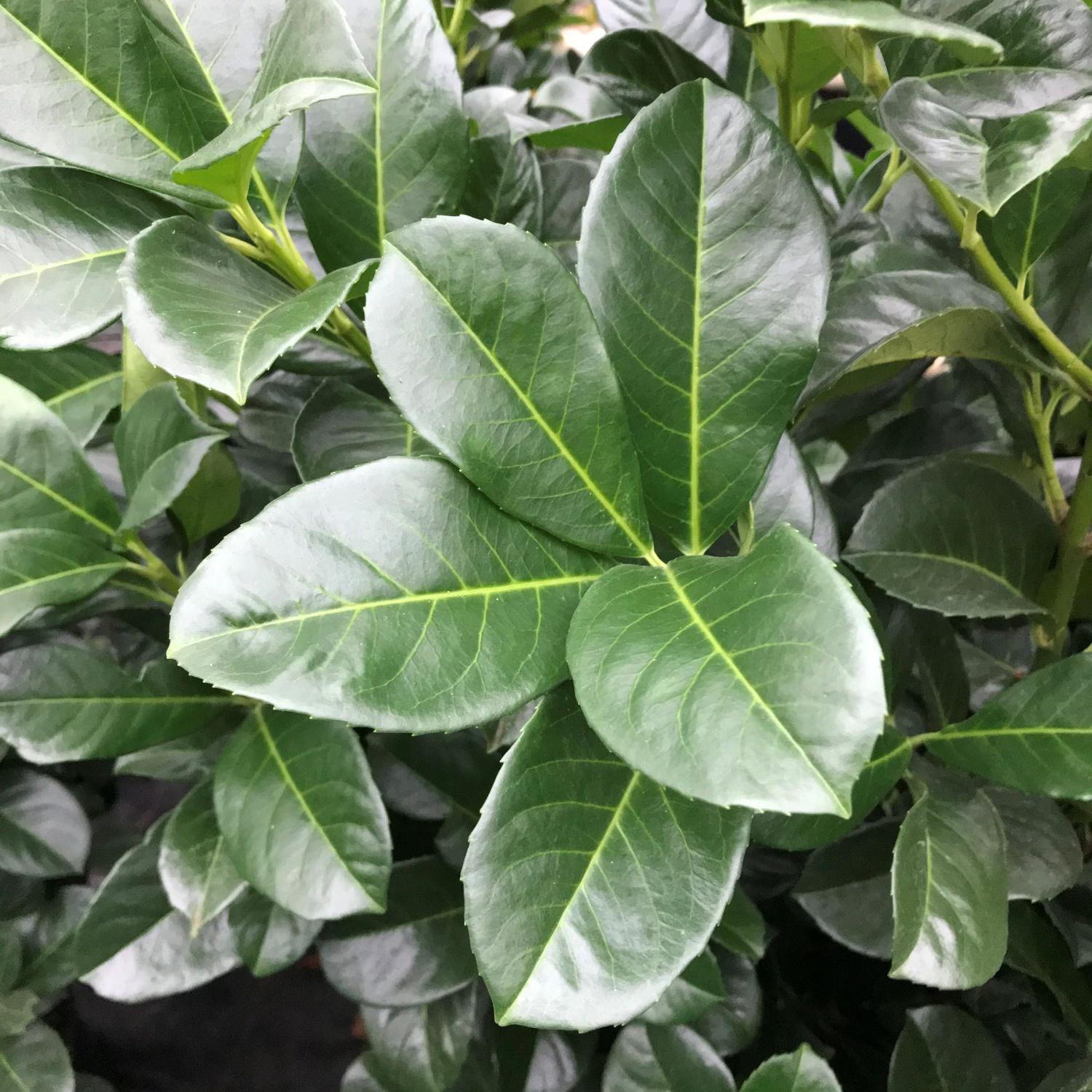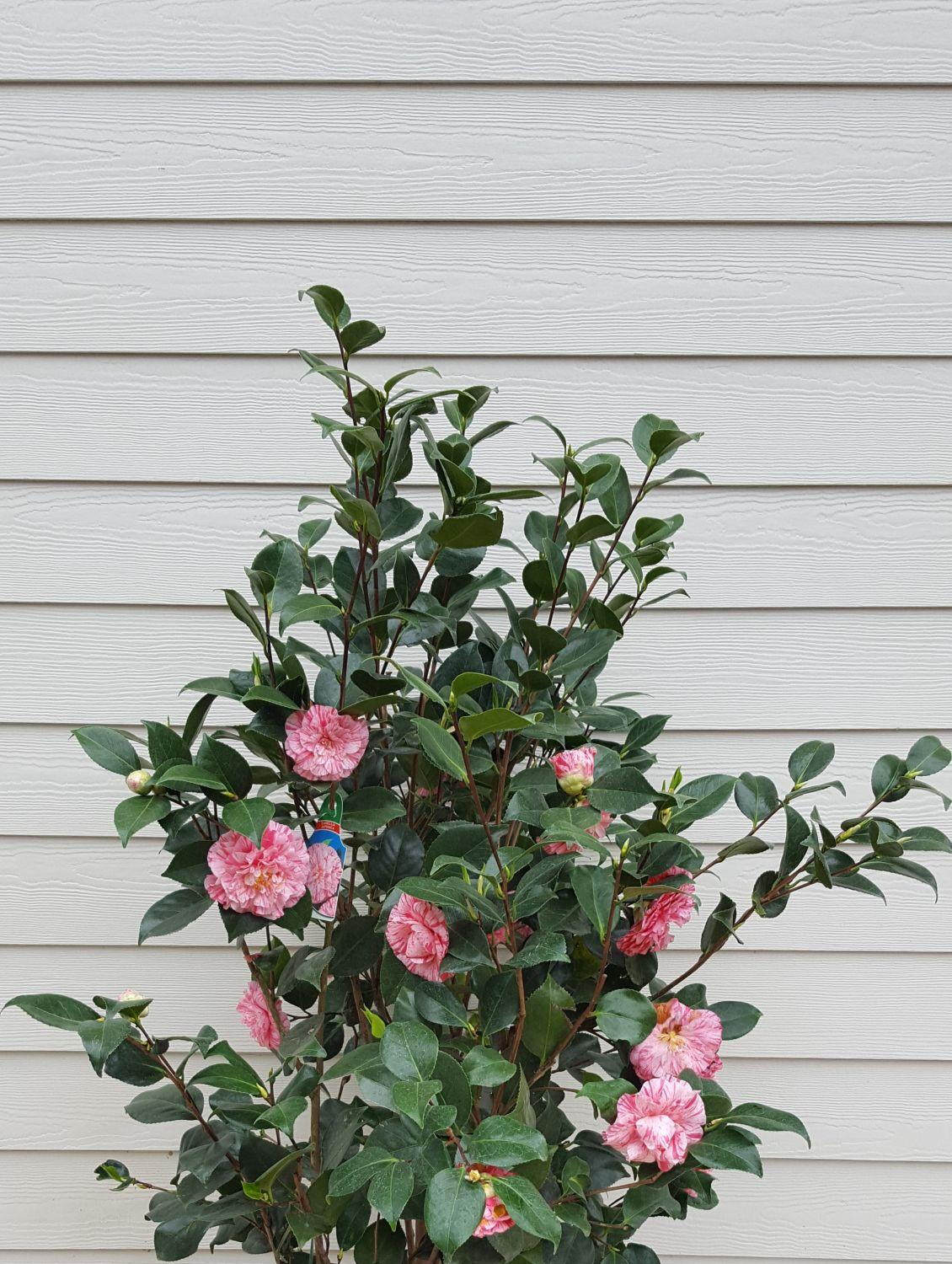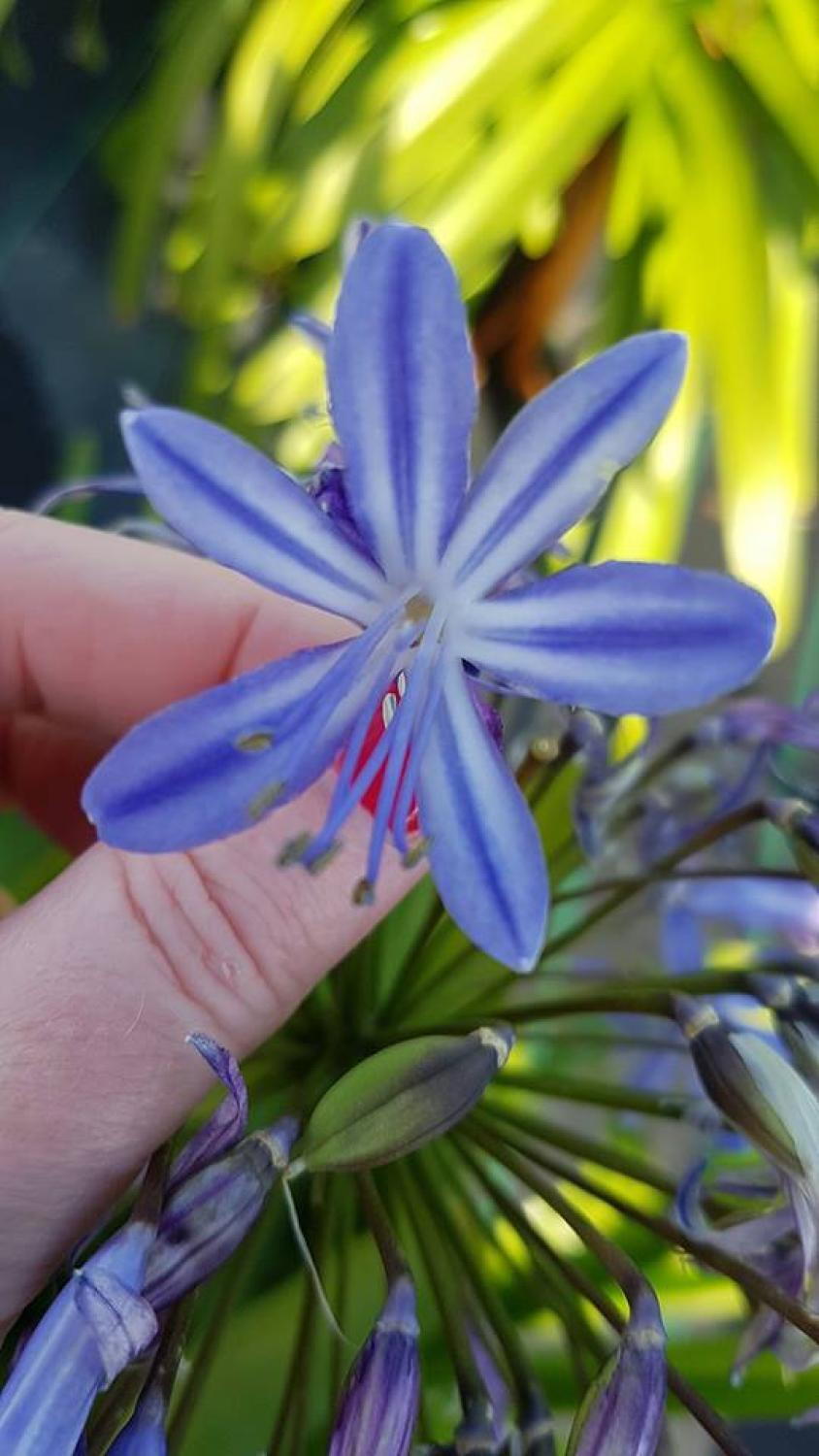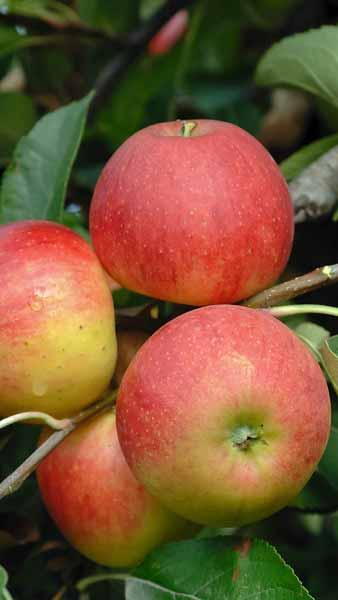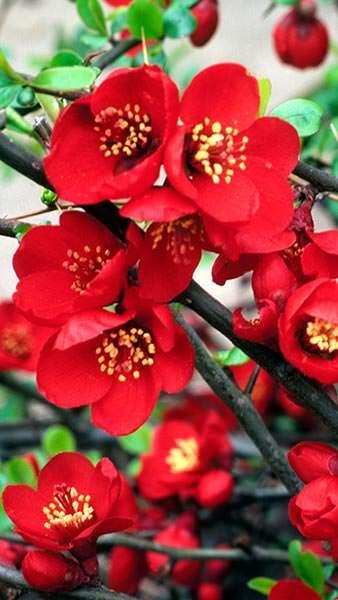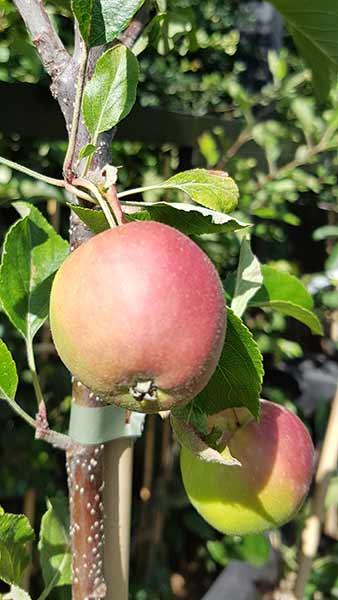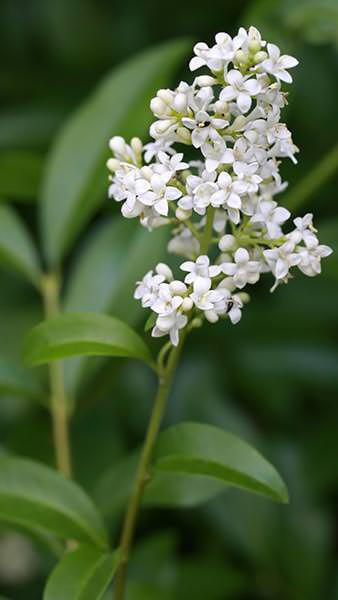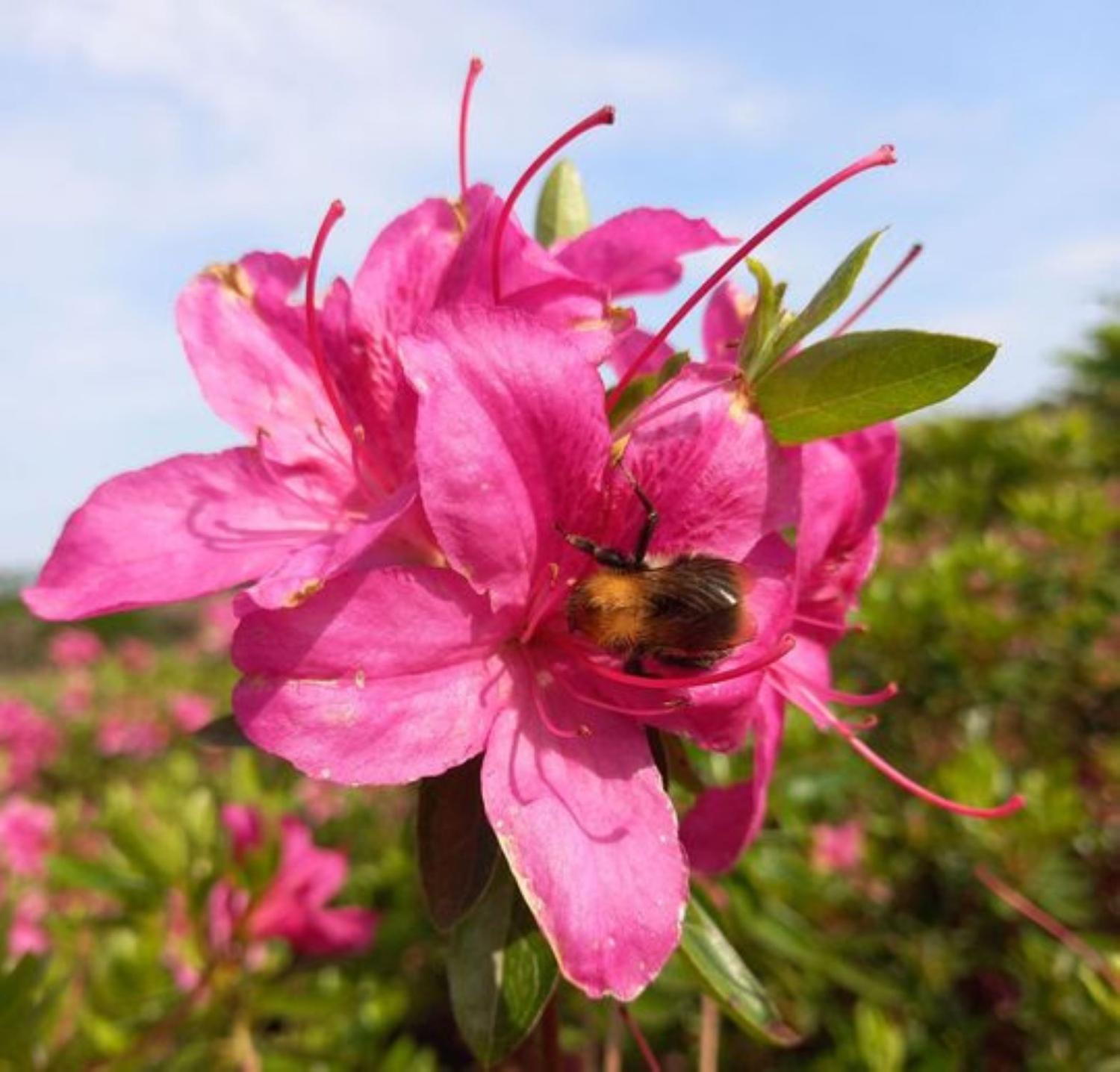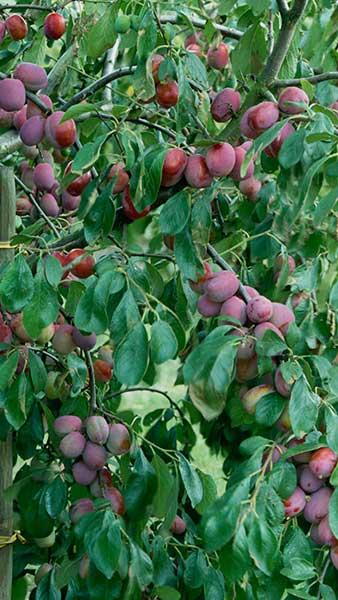Malus Domestica Elstar Apple Trees for Sale Online
Malus Domestica Elstar or Apple Elstar, is a reliable late-season apple which is perfect for the UK gardener. Hardy, with a good crop of very sweet apples, it has received both the RHS Award of Garden Merit and Perfect for Pollinators designation.Developed in 1955 in the Netherlands as a cross between Golden Delicious and Ingrid Marie, Malus Domestica Elstar features fragrant, pale pink blossoms in mid-spring, which will attract the bees that are needed for pollination. The open, leafy crown provides dappled summer shade, and the leaves turn yellow in autumn. The spring flowers are followed by a heavy crop of attractive large apples that are ready to pick in mid to late autumn. The skin is green-yellow heavily flushed with red. Malus Domestica Elstar has a crisp flesh with a very sweet, honeyed taste, suitable for fresh eating, baking, and drying. They will store until the end of December.Hardy in all regions of the UK, Malus Domestica Elstar will grow to a mature height and spread of 4-8 metres in 5 to 10 years. As with all apple trees, it will need annual pruning in late winter to ensure a good harvest. As it is self-sterile, it needs to have a pollination partner from pollination group 3 nearby for pollination to be successful and fruits develop.Plant Malus Domestica Elstar in full sun or partial shade in a sheltered position with a south or west-facing aspect, in any well-drained loam, clay or sand soil with a neutral pH. Ensure good air circulation around the branches to prevent the development of disease such as scab, canker, or mildew. For smaller gardens, it can be pruned to stay within bounds, and for a more ornamental application, Malus Domestica Elstar can be trained in forms such as espalier, cordon, or fan, and used as a screen against a wall or fence for a rooftop terrace, balcony, courtyard or patio. The bare architectural structure provides winter interest, in addition to the appeal of the spring blossoms, summer leaves, and autumn apples. In a larger country garden, Malus Domestica Elstar can be allowed to grow to full size, making a splendid specimen tree in a lawn or over a mixed border, as well as making part of a small home orchard.Malus Domestica Elstar is an excellent fruit tree choice for a UK gardener looking for a late-season apple cultivar which will reliably produce a large crop of sweet apples for fresh eating in late autumn!



